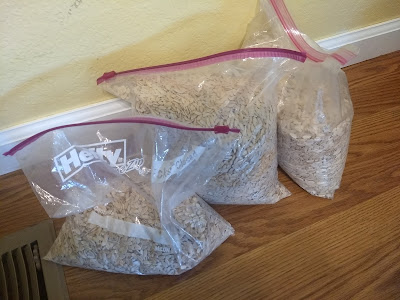While the times in which we live are full of all manner of technological advances, with advancements come unintended consequences. A newer discount seed company has purchased several reputable seed companies. While I used to buy the English Telegraph from a local reputable seed company, I mistakenly decided to try purchasing the same seed from the company after it had been acquired. Unfortunately, instead of being an extremely long variety with a tapered top and slightly wrinkled skin, it looked more like a very common American variety crossed with a middle eastern cucumber.
The unintended consequence of seed company consolidation is that, though the specific variety continues to be sold under the new owners, it is only sold under the auspices of the existing seed variety name. In reality, the new company replaces the seed of the newly acquired variety with cheap bulk seed, then sells it to the existing and new customers – hoping that it is close enough to the previous variety to go unnoticed. In all aspects, the new seed company is committing fraud and lying to the consumer. This is the ongoing “quiet death” of many heirloom seed varieties.
In contrast, seed companies that really care do the work to select the most desirable traits in order to bring heirloom vegetable varieties back to their former glory. They go through years of work prior to releasing something that is both highly desirable and helpful for the grower.























































